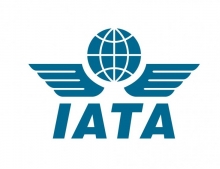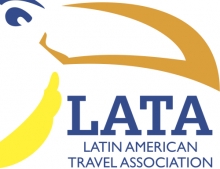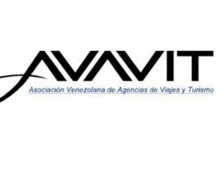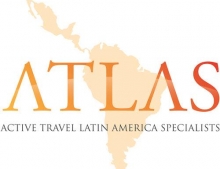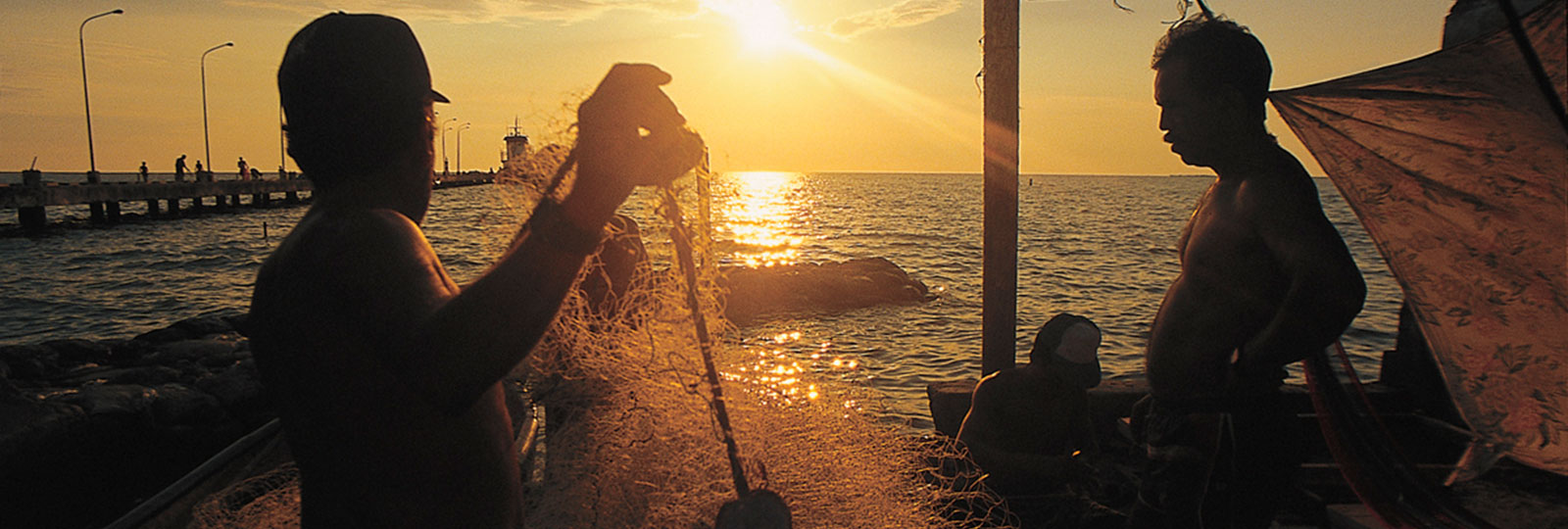


+58 274 2524216
With over 3,000km of coastline, the longest in the Caribbean, and a myriad of islands, islets, keys and coral reefs, the Venezuelan coast is home to a rich diversity of marine flora and fauna. Its countless white-sand beaches fringed with palm trees are paradise for those who just want to relax, sunbathe, swim and enjoy water-based activities.
There is so much scenery to discover: sea caves, underwater cliffs, coral reefs covered in colourful sponges, multi-coloured fish, sea urchins, sea anemones and several wrecks of old ships, some dating back to the 17th century.
Even though the deep sea fishing here has an international reputation, there are other vital species near the coast such as Sabalo, Barracuda, raton or macabi fish, Robalo, Anjova, Carite or Sierra, Peto, Jurel and Yellow-fin tuna.
Mangrove swamps grow all along the coast as well as in the river deltas. The mangrove swamps are home to a huge number of sea birds such as Tijereta de Mar, Gannet, Flamingo and the Borrega and Marron Boba.
The Venezuelan Caribbean is equally as interesting culturally and historically. The region was the scene of many important Venezuelan historical events and here there are many restored colonial fortifications and some of the oldest and best preserved churches in the country. In addition, there is a huge variety of traditional festivals that take place all along the coast. The blend of religions in Venezuela is highlighted in the elaborate traditional festivals, many with their roots in indigenous and African religions.
On the other side of Caracas, Choroni is a very popular destination. Located between the mountains of the Henri Pittier National Park, covered in cloud forest, and the aquamarine waters of the Caribbean, this colonial town takes you back in time.
Many of the pastel-coloured houses in this fishing village have been completely renovated and designed to a standard to accommodate visitors.
There is a delightful local beach and many others that can be reached only by small boat. Even though it is peaceful and sleepy during the week, the town comes to life at the weekends when party lovers from Caracas and Maracay arrive to have fun on the beaches and join in the ‘drum nights’ – dances accompanies by drummers.
Nearby Ocumare de la Costa isn’t so pretty and is less visited, but it has a small area, only accessible by small boat, where you can go snorkelling, as well as get to other places of interest in the national park. Only 4 hours from Caracas by road, a stay in Choroni is an excellent idea for 3 or 4 days.
Founded by Spanish colonialists at the beginning of the 18th century, Maracay has a long history of religion as well as cacao and tobacco production. Much later, Maracay became well known for producing and exporting indigo, which brought about big changes for life in the town, from thatched roof houses to business centres. During the last 20 years Maracay has been transformed into a modern city, with high-rise buildings and apartment complexes.
Venezuela is one of the ten most biologically diverse countries in the world. Pioneers in environmental protection, Venezuela has introduced many laws concerning the use and enjoyment of these national treasures. As a result of these laws there are 43 national parks and 22 nature reserves (around 21% of the country), 2 bio-reserves, 7 sanctuaries and 5 wildlife reserves. This fantastic combination of boundless and raw beauty makes it exceptionally good for the tourism industry.
Henri Pittier National Park was established on 13 February 1937. Originally called ‘Rancho Grande’ it was renamed in honour of the Swiss botanist, Henri Pittier, who came to Venezuela in 1917 to classify more than 30,000 plants. The park takes in 107,800 hectares of the coastal mountain section of the Andes range. Henri Pittier is a popular tourist destination as it is particularly well known for its birdwatching (they make up 43% of the known birds in Venezuela). There are many coastal villages near the park along the Caribbean coast.
Choroni, a beautiful colonial town, is easy to get to once you have arrived in Venezuela. There are two ways to get to Choroni from the international airport at Maiquetia. We can arrange flights and assisted transfers to both destinations. You have the following options:
Option 1: Caracas – Maracay – Choroni
A: Take a bus from Caracas to Maracay; the journey takes two hours.
B: When you get to Maracay, take one of the buses to Choroni that leave every couple of hours (six times a day from 0630hrs to 1700hrs); the journey takes a further two hours.
PROS: This option is an easy way to travel.
CONS: For many people it is rather uncomfortable to spend a long time travelling through the mountains on a bus.
Option 2: Caracas – Valencia – Choroni
Visitors have the option to fly to Valencia from Caracas.
A: Fly from Caracas (CCS) to Valencia (VLN)
B: When you get to Valencia, take one of the buses to Choroni that leave every couple of hours (six times a day from 0630hrs to 1700hrs); the journey takes two hours to reach Choroni.
PROS: This is the quickest way to get to Choroni.
Caracas – Choroni
A: Take a private transfer direct from the international airport to Choroni.
B: Private transport operates throughout the day until around 2100hrs.
PROS: This is the easiest and most convenient way to travel to and from Choroni.
NB: If you have any questions about the itinerary or want to check availability, please call or email us and we will get back to you as soon as possible.

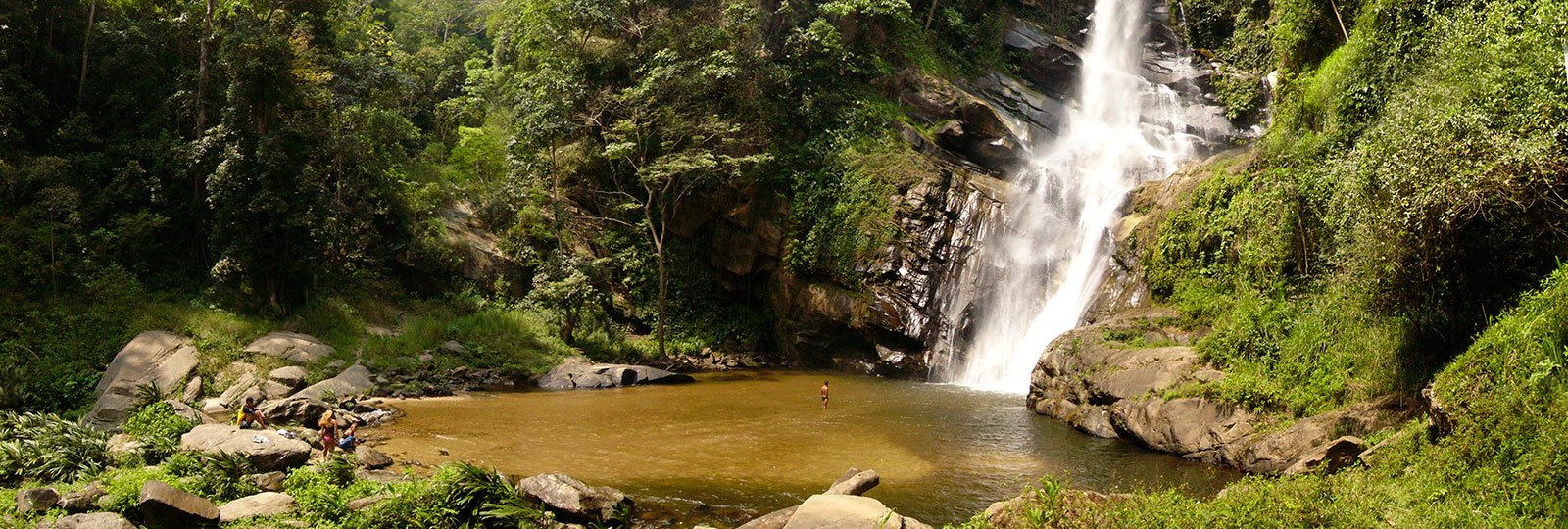
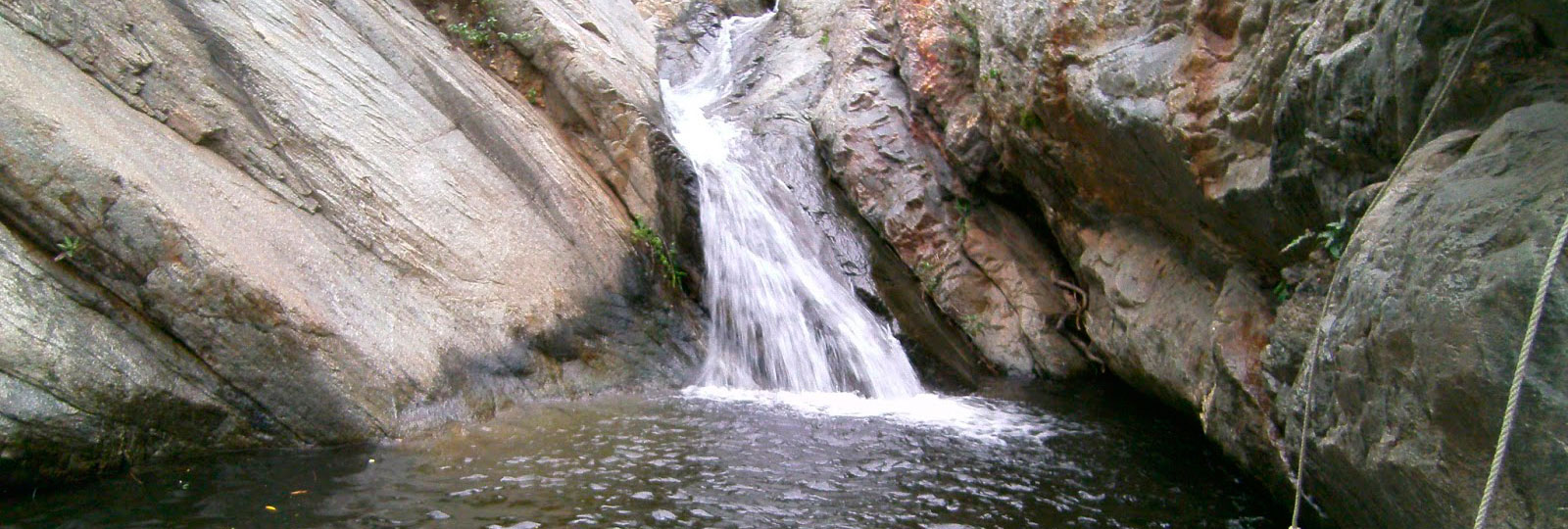
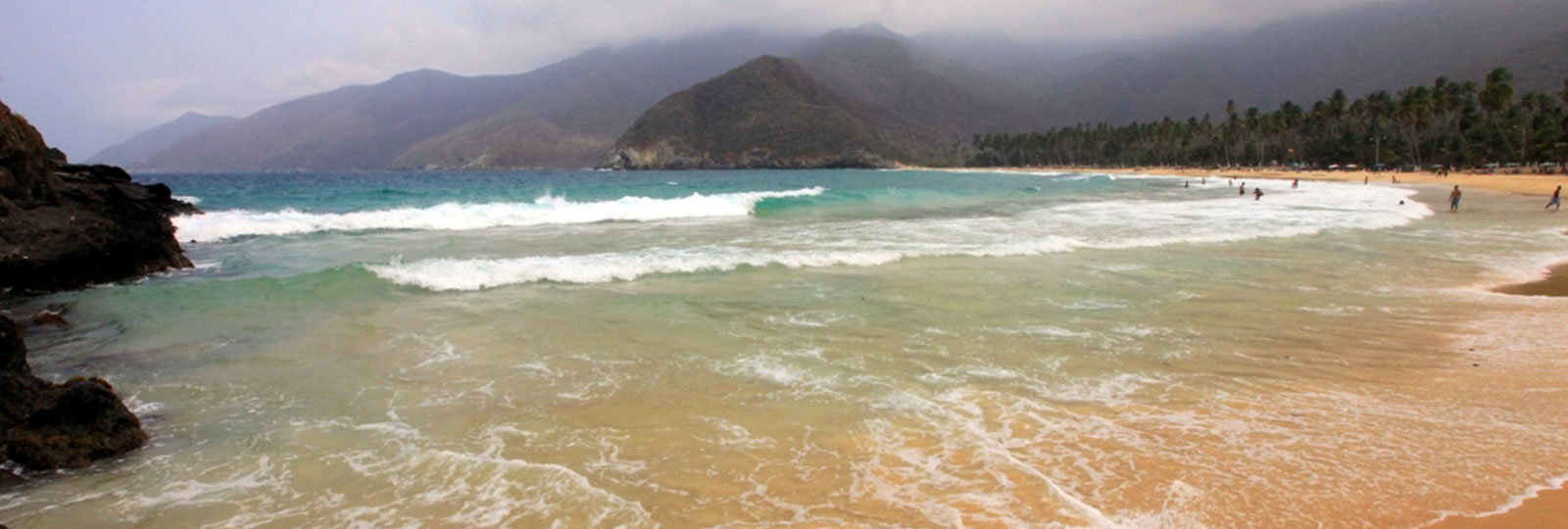
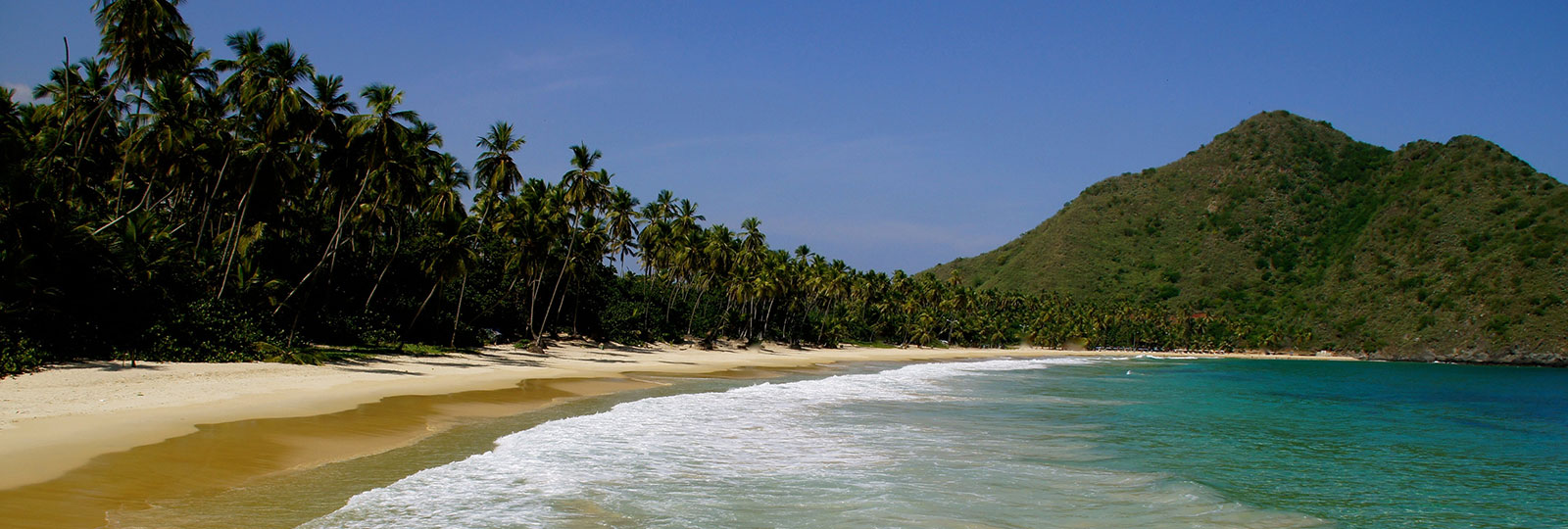
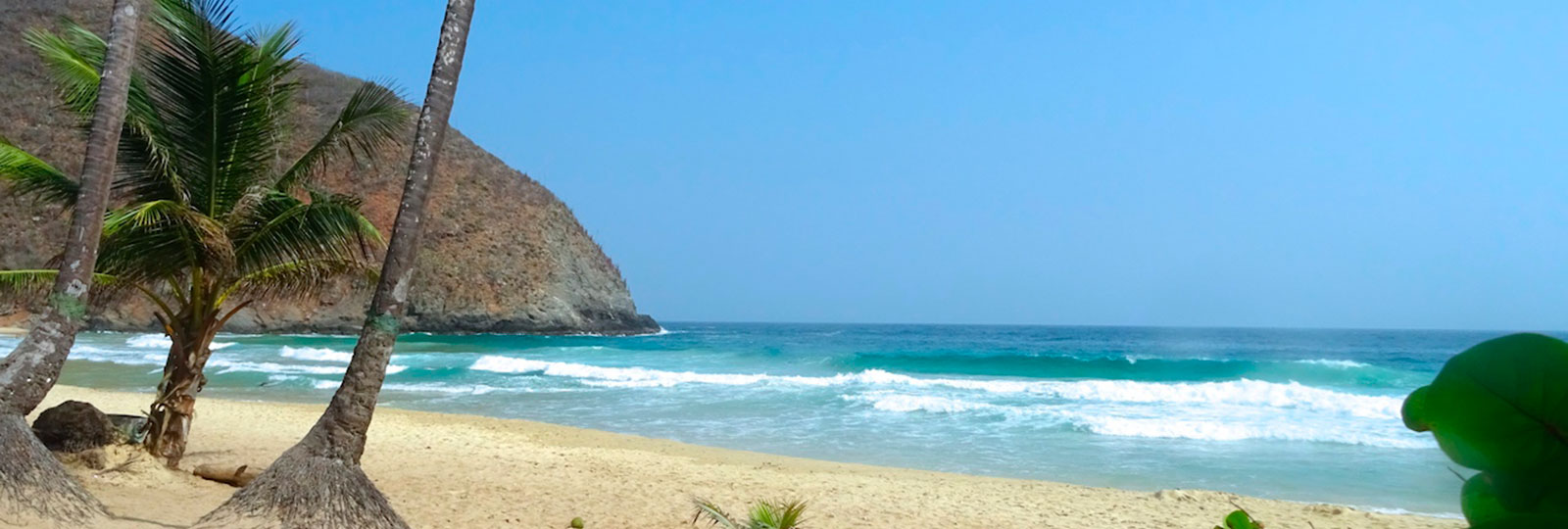
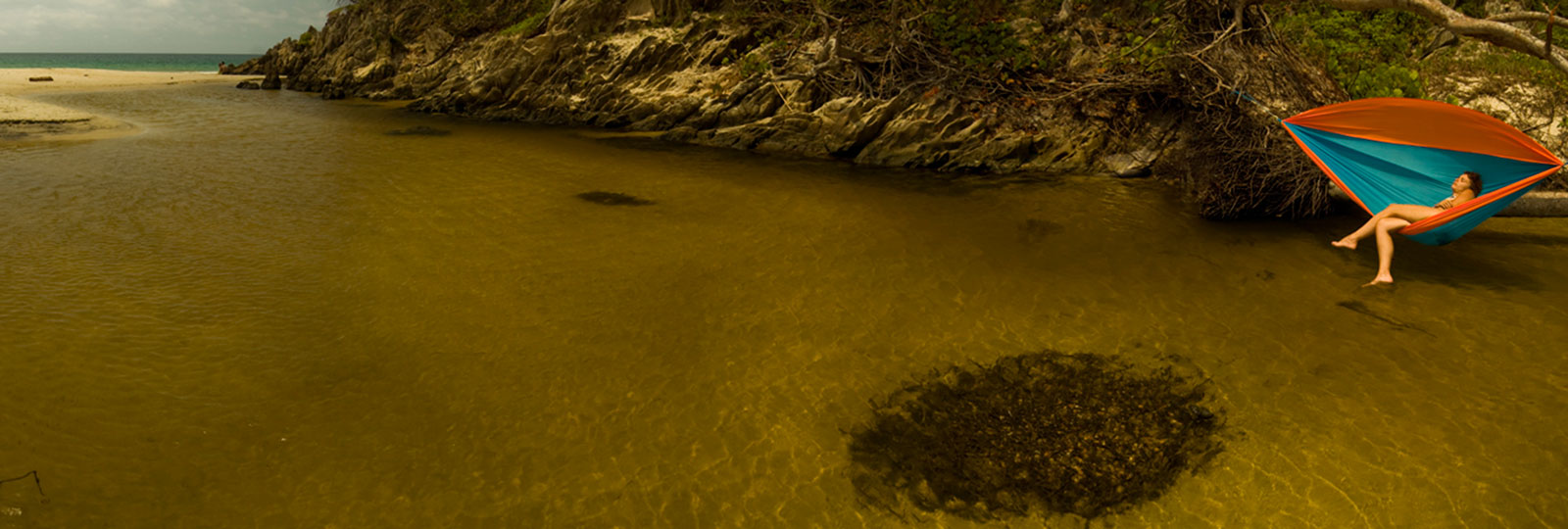
Region
The Caribbean
Difficulty
Easy
Duration
1 day
Season
All year round
Choroni, Activities in the surrounding area
You have the option of taking a small fishing boat (”peñero”) to visit the neighbouring bays like Chuao, where you can walk through an old cacao plantation, or Cepe, a beautiful and tranquil palm beach with excellent snorkelling opportunities; taking a fishing boat to Valle Seco is another great opportunity to snorkel. If you prefer solitude, you can walk or take a boat to the “Hidden Beaches” just west of Choroni.
